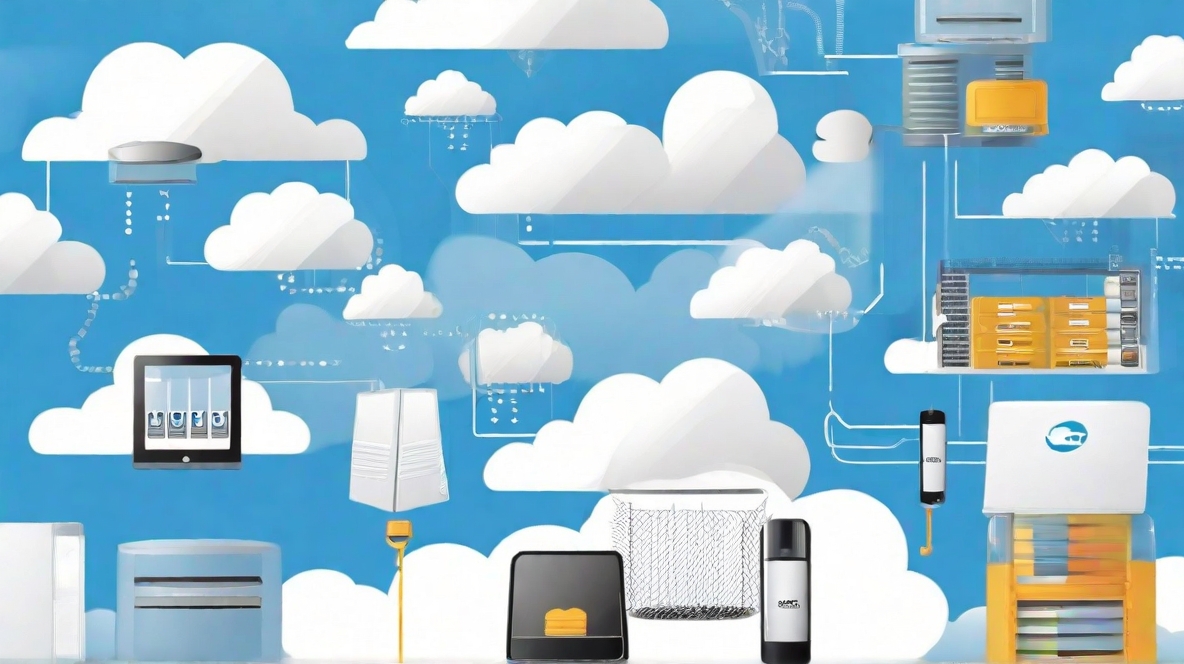Like them or loathe them, all employees will need, at some point, to interact with the support services offered by the IT department. In this series of short articles, we uncover some of the secret workings of the IT department, finding out what is jargon and what is just common sense that can apply to all of us, regardless of our role, work, or profession.
Nothing to do with a web for spiders
Welcome to the ninth instalment in our series of IT secrets. Today, we’re looking into the world of the Internet of Things (IoT). Think of IoT like a team of scouts, each collecting bits of information from their surroundings to make smarter decisions for the group. Except, instead of scouts, they’re digital devices that are everywhere – in your home, your car, even on the factory floor. Let’s uncover how this network of connected things impacts our lives and what we can do to interact with it safely.
What is the Internet of Things?
The Internet of Things consists of smart devices that can gather data and communicate with each other over the Internet. Think of your smartphone turning off your home lights when you leave, or a sensor at a supermarket that tracks inventory levels. These devices are your eyes and ears in a digital landscape, capturing real-time data and feeding it to a more extensive system for analysis.
Key elements of IoT
- Sensors – Imagine a weather station collecting data on temperature, humidity, and wind speed. These are your sensors in IoT, collecting raw data for analysis.
- Connectivity – Consider a road filled with signposts directing you where to go. In the IoT realm, connectivity is that road facilitating data flow between devices.
- Data processing – Picture an experienced chef taking essential ingredients and turning them into a gourmet meal. Data processing in IoT refines raw data into actionable insights.
- User interface – This is like the dashboard in your car, showing your speed, fuel level, and other vital stats. In IoT, the user interface displays data in a digestible format, often on a device like a smartphone or a computer.
Top tips for navigating the IoT world safely
- Change default settings: Treat your IoT devices like your house. You wouldn’t keep the default lock, so change the default username and password.
- Regular updates: Make sure you keep the software of your devices updated, much like keeping your car well-maintained.
- Network segmentation: Just as you keep your valuables safe and separate from your everyday items, keep your IoT devices on a different network from your primary devices like laptops and smartphones.
- Two-Factor Authentication (2FA): Like using both a key and a passcode to access a secured area, enable 2FA for your IoT devices when possible.
The benefits of IoT
- Improved efficiency: Think about a smart thermostat that learns your preferred temperatures and adjusts automatically, saving you money on energy bills.
- Enhanced safety: Imagine a connected smoke alarm that not only sounds an alarm but also sends notifications to your phone.
- Better decision-making: If your smartwatch tracks your sleep patterns and suggests changes, you can make informed decisions for better sleep quality.
Your thoughts?
Feel free to share your experiences and thoughts on IoT. Over the past nine articles, we’ve explored various topics ranging from the basics of IT support to cybersecurity and cloud computing. All these elements, including IoT, play crucial roles in our professional and personal lives.
Stay tuned for our final article in this enlightening series, where we will delve into another key area that affects us all, IT-related or not.



